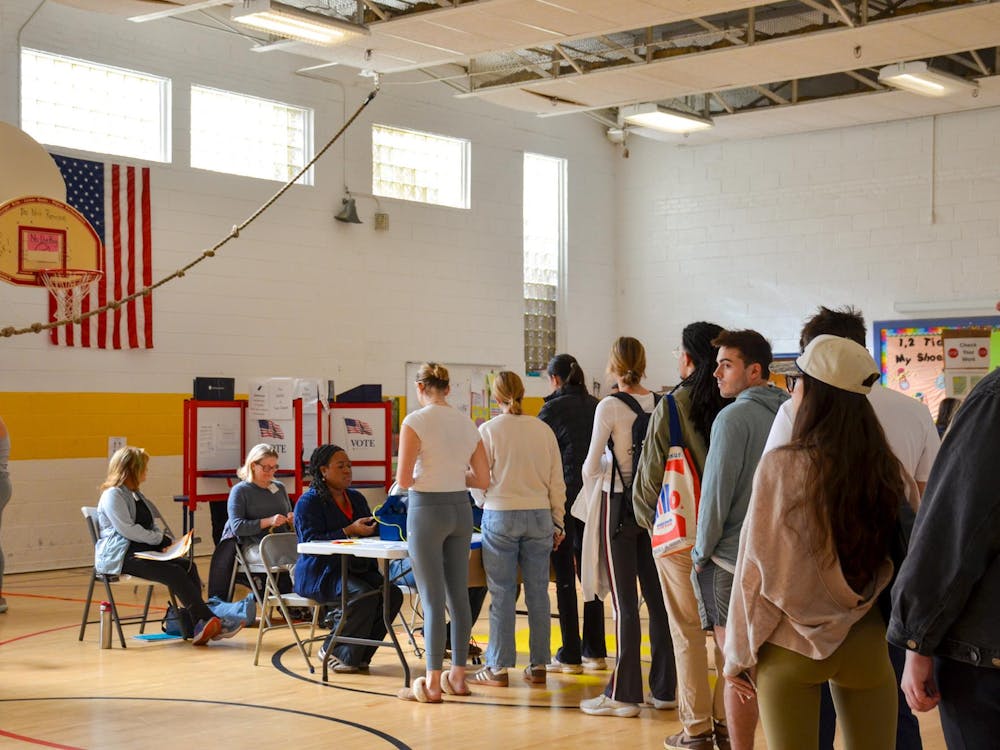A University professor recently received a U.S. Office of Naval Research grant valued at about $6.5 million for her research on a proposed underwater vehicle with similarities to a manta ray.
Hilary Bart-Smith, a mechanical and aerospace engineering professor, who received the Multidisciplinary University Research Initiative Program grant last month, said she and her team of researchers from the University, West Chester University and Princeton University, are trying to create an unoccupied vehicle that will imitate a manta ray in its movement.
The team chose to study the manta ray because it is "incredibly aerodynamic" and is an "efficient swimmer," Bart-Smith noted. She said she hopes the vehicle she and her colleagues develop will be able to perform underwater exploration and research.
"This project is attempting to answer those fundamental scientific questions ... that involve the structural paradigm," Bart-Smith said, discussing the motivations behind the detailed manta ray research. "Can we learn from [nature] and can we attempt to recreate an engineered structure ... and then apply these questions to your engineering knowledge to achieve what nature has already achieved or what nature can already do?"
She added once researchers understand manta rays' movement, their next goal is to "recreate it from an engineering point of view."
Project co-researcher Hossein Haj-Hariri, chair of the mechanical and aerospace engineering department?, said his role of the project focuses on that engineering side of the research; specifically, he is learning how to control the vehicle. This involves the thrust, hydroacoustics, overall movement and "wings" of the vehicle, he said.
"It's basically learning from nature so that we can build an underwater swimming device that can go to various places, sense different things, perform something and then come back," Haj-Hariri said, adding that future explorations possibly could involve "teams of manta rays" contributing to data compilation.
He also noted that the researchers participating in the project hope the vehicle eventually will be camouflaged or undetectable in some way so it can be "stealthy" in its underwater habitat.
Haj-Hariri said the Department of Defense is interested in the research because "the Department of Defense wants to fund very large-scale, forward-thinking research which involves people from several universities and multiple disciplines."
According to the Office of Naval Research Web site, the Multidisciplinary Research Program of the University Research Initiative is a Department of Defense program that strives to support higher education research teams "whose efforts intersect more than one traditional science and engineering discipline."
The MURI program lasts for two years, funding the research during that time, Haj-Hariri said, noting the University's team had to "beat some serious competition" to receive the grant.
A U.S. Office of Naval Research spokesperson was unavailable for comment.






